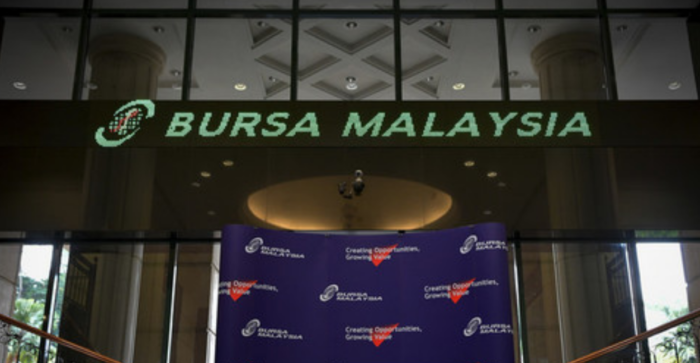THE central region of the country is made up of Selangor, Kuala Lumpur and Putrajaya, an area of about 8,400km and contains around 25% of Malaysian population, but represents 40% of the national gross domestic product (GDP).
The ongoing COVID-19 health crisis has exposed the vulnerability of Malaysia due to overconcentration of population, economy and development in the central region.
Overreliance on the central region
The previous Barisan Nasional (BN) administration had failed to spread out development by over-emphasising development within the central region. The region experienced exponential population growth by attracting millions of new residents.
This over-concentration of population is causing problems such as traffic congestion, potable water shortages, hospital overcrowding, and environmental degradation.
The high population density has contributed to the high rate of COVID-19 cases in the central region.
Since March last year, the Government had repetitively imposed full or partial operational restriction onto the manufacturing and commercial activities within the region.
The national GDP has experienced a recession of -5.6% worth contraction worth RM80.4 bil. The central region had contributed to nearly half of the national recession value.
Industry vital for localised economic growth
The presence of industries will kick-start small town boom is indisputable. Industries offer double benefit by providing direct employment and stimulating growth of supply chain development.
Industries would require plenty of smaller business activities such as machinery repair, legal services, packaging and logistics to sustain their operations.
This will boost the purchasing power of the local population leading to increase in sales for local restaurants and retailers. The increase of local purchasing power will attract new commercial activities such as franchise eateries, bowling alleys, cinemas and automobile showrooms. This will create demand for new commercial centres.
The increase in industrial and commercial presence will improve tax revenue for the respective state and local councils. Subsequently, the state and local councils could undertake infrastructure projects such as road widening, streetlights installations and building parks.
The arrival of new residents for employment will increase demand for new houses. The increase demand for housing, commercial centres and public infrastructure will trigger a localised construction boom.
Electricity demand of industries
Energy supply, particularly electricity is the third most important input for industries after labour force and raw materials. In 2019, industries represent 0.3% of TNB’s customers but consume nearly 40% of the total electricity sales in Peninsula Malaysia.
The central region is home to just 1/3 of the entire Peninsula’s population but accounts for 43% of the electricity demand.

The demand in the central region is met by power plants in Perak and southern region reflects the overconcentration and inequality within Malaysia. This inequality gap could be closed by incentivising relocation of industries to other parts of Malaysia, by introducing a regionalised maximum demand charges for the industrial consumers.
Maximum demand (MD) is the peak electrical demand within the monthly billing cycle. The MD charge is an additional payment on top of the electricity consumption tariffs.
In the Peninsula, the MD charges varies according to voltage but are fixed in terms of the location. The estimated maximum demand charges paid by the industrial consumers is about RM4 bil per year.

Putrajaya should introduce a regionalised MD charge for the industries’ electricity tariffs. In the Peninsula, the industries in the eastern region should have the lowest MD charges and the central region would have the highest. This motivates industries to establish, expand and relocate outside the central region.
However, the lowest maximum demand charges must remain above RM30 per kW to avoid attracting industries away from Borneo-Malaysia into the Peninsula. The MD charges in Borneo Malaysia ranges between RM16 to RM28 per kW. This is crucial to allow equalisation of development between East and West Malaysia.
Therefore, Putrajaya needs to prioritise socio-economic development outside the central region. Industrial activities outside the central region can be promoted by manipulating the MD charges for industries under the electricity tariffs.
The increase in industrial activities outside the central region could reduce the widening development inequality among different regions within Malaysia. – July 24, 2021.
Sharan Raj is a human rights activist, environmentalist, and infrastructure policy analyst. He is also the Central Committee member for Parti Sosialis Malaysia (PSM).
The views expressed are solely of the author and do not necessarily reflect those of Focus Malaysia.










